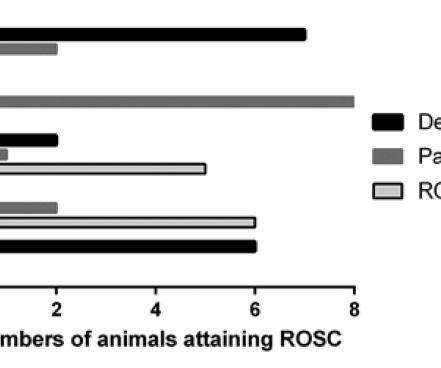Awake, and Paralysed: A Never Event
Don't Forget the Bubbles
NOVEMBER 29, 2023
A retrospective cohort analysis of the ED portion of the National Hospital Ambulatory Medical Care Survey from 2006 to 2009 in the US revealed that less than one-half of patients undergoing ETI in the ED received sedative drugs while in the ED. This is referred to as CPR I nduced C onsciousness ( CPRIC ). MD * ; Rueger, Johannes M.












Let's personalize your content